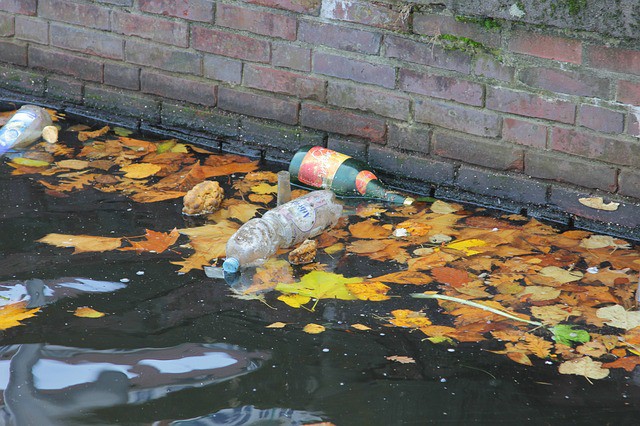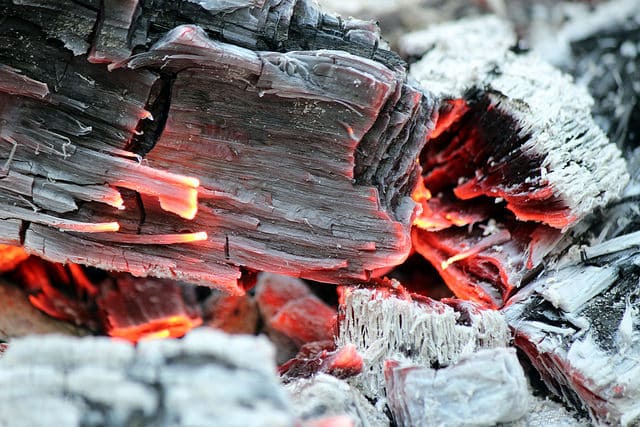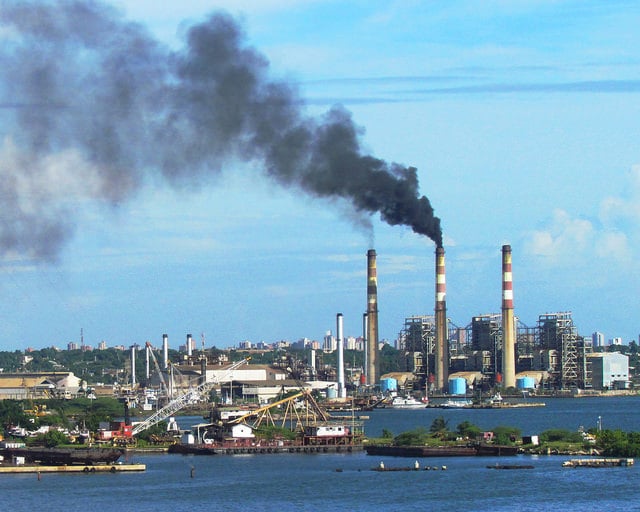Aquatic Plants | Learn about Marine Plant Life

Aquatic plants are simply plants that live in or around water. The opposite of an aquatic plant is a terrestrial plant, which simply means a plant that lives on land. Aquatic plants occur naturally in bodies of saltwater or freshwater, but they’re also commonly found in aquariums, water gardens, and decorative ponds.
Just like terrestrial plants, there are many different types of aquatic plants, each with their own unique shapes, sizes, colors, and textures. In addition to their beauty, aquatic plants provide a myriad of benefits in both natural and man-made settings. Let’s take a look at ten of the most fascinating facts about aquatic plants.
1. They Improve Ecosystems
There are many reasons why a person may want to introduce aquatic plants to an ecosystem. Their natural beauty is the most obvious one, but there are plenty of others:
- Plants perform photosynthesis, which increases oxygen levels in the water
- They help to filter the water of undesirable materials
- Some aquatic plants help to prevent invasive plants, such as algae, from growing
- In oceans and other large bodies of water, aquatic plants can help to prevent erosion and aggressive currents
- Aquatic plants and fish have a symbiotic relationship. The plants provide protection and shelter for fish, and fish provide nutrients for the plants.
- Many different animal species rely on aquatic plants for food. Planting certain plants can attract desirable wildlife to add an exciting element to outdoor water gardens, ponds, and lakes.
2. They Don’t All Require a Substrate
The substrate is the surface where a typical plant grows and obtains its nutrients. For example, an aquarium may have gravel lined substrate at the bottom of the tank. While many aquatic plants do require a substrate to grow, some do not.
An aquarist may want to cultivate an underwater environment without substrate to maintain a delicate chemical balance, or to preserve water quality. Others may want to attach plants directly to rocks, driftwood, or other objects in the tank.
Here are five aquatic plants that don’t require substrate to grow:
- Hornwort
- Java moss
- Java fern
- Anubias
- Water wisteria
3. They Exist in Many Biomes
Like terrestrial plants, aquatic plants can be found all over the world, in a variety of settings. They also have different requirements. For example, in a freshwater biome, aquatic plants such as water lilies, star grass, and cattails require plenty of sunlight. Other important factors include water temperature, water quality, water depth, and water flow.
In a marine biome, you’ll find a different variety of aquatic plants, including algae, seaweeds, and sea grasses. These plants range from microscopic organisms to large, complex flora. They tend to thrive near the surface of the water, so they can use sunlight to achieve photosynthesis. However, there are also phosphorescent plants that produce light through chemical processes.
4. They Live In or On Different Aquatic Areas
Not all aquatic plants live in the same water territories. Some live in the water, and others live near the edges of ponds, lakes, and other bodies of water. Plants that live in the water are called “deep water plants”, and those that live on the outskirts of the water are called “transitional” or “marginal” plants.
5. Some Aquatic Plants Are Invasive
Aquarists and water garden owners must often make strategic plans to combat invasive vegetation, such as algae. An invasive plant is one that propagates, reproduces, multiplies, and grows at a faster rate than other plants, hogging natural resources.
One method to stop invasive plants is to trim them, In addition, adding certain plants – water lilies for example – can help to reduce the growth of invasive plants.
6. There Are Viviparous Plants
In the animal kingdom, the word viviparous refers to animals that give birth to live young that developed inside the parent’s body. For example, a cow is viviparous, and a chicken is not. Plants can also be viviparous, which is when plants germinate while still attached to the parent plant, or when they produce plantlets.
It’s common for aquarists to propagate viviparous plants by cutting the plantlets from the mother plant, and replanting them in the tank’s substrate.
7. They Are Classified Based on Morphology
Morphology is the study of the form and structure of plants. External morphology is the study of the plant’s shape, size, color, and pattern, and internal morphology is the study of the plant’s inner anatomy. There are many different morphological classifications for plants. Let’s look at six examples of morphological classifications for aquatic plants:
- Pleuston
Vascular plants that float freely
- Amphiphytes
Plants that adapt to live on land or submerged
- Elodeids
Stem plants that spend the entire duration of their lives under water, or with only flowers floating on the surface of the water
- Nymphaeids
Plants that have leaves floating on the surface of the water and roots stuck to the substrate
- Isoetids
Rosette plants that spend their entire lives submerged
- Helophytes
Plants with leaves above the waterline, with roots attached to the substrate
8. They Range Vastly in Size
Like terrestrial plants, aquatic plants range in size, from tiny to huge. One of the smallest aquatic plants, the duckweed, is less than 2 mm long. On the other hand, the Victoria amazonica is a flowering water lily that can grow up to 3 meters in diameter. As you can imagine, seeing a Victoria amazonica is a surreal experience, as some are even large and buoyant enough for a person to stand on top of them.
9. There is a Thriving Aquatic Plant Community
Aquatic plants are grown like terrestrial plants, just in different settings of course. You’ve probably seen beautiful aquariums before, but you may have focused on the fish and not the plants. Most serious aquarists take great pride in their plant life in their aquariums.
In fact, there are many competitions for aquariums and water garden keeping. Experts work hard to select the perfect plants, place them properly, and manicure them to perfection. Maintaining a complex tank is a delicate balance that requires great skill and finesse.
10. Quick Facts
In this final section, we’ll cover a variety of facts about aquatic plants.
- Because they’re supported by water pressure, aquatic plants tend to be less rigid than terrestrial plants.
- Aquatic plants leave their stomata open because they have a constant water source that allows them to retain it at all times.
- Aquatic plants have specialized roots for taking in oxygen.
- Because aquatic plants’ roots don’t need to hold them up, they tend to be light and feathery.
- Aquatic plants often have flat leaves and air sacs that allow them to float
- Most plants have thin cuticles or no cuticles at all (Cuticles are for preventing water loss, so they’re unnecessary.)
- The presence of aquatic plants can indicate whether or not a body of water (or an aquarium) is suitable for certain species of fish.
Like their terrestrial counterparts, aquatic plants have a variety of distinguishing characteristics — and what we’ve covered here is only the beginning. If you have a question about a water plant, contact an organization that specializes in marine vegetation.
Meet the Author:
Colin Bailey is an experienced aquarist, who keeps a large terrarium and a large aquarium of aquatic plants in his home. When not performing or writing about aquascaping, he enjoys long-distance bike rides and challenging hiking trails.






